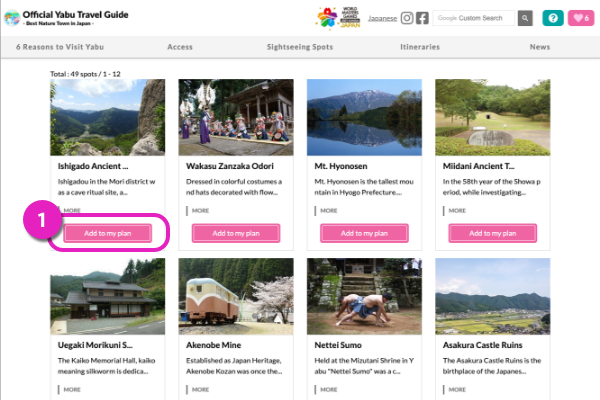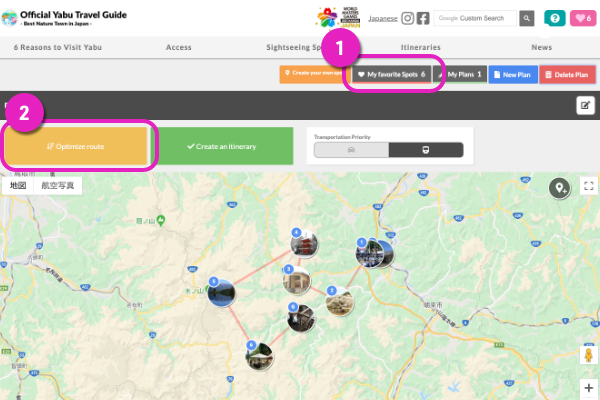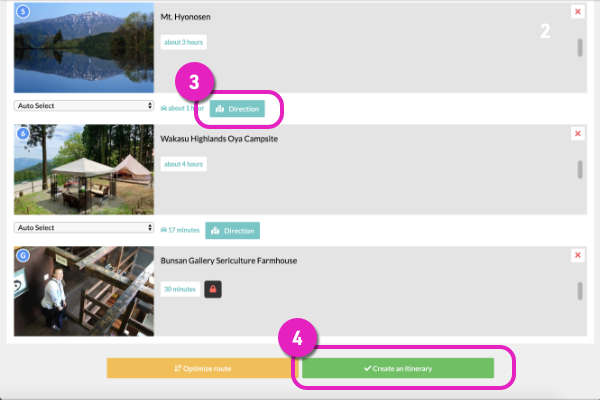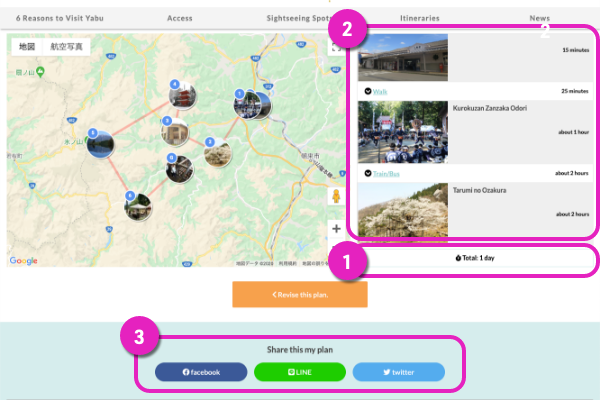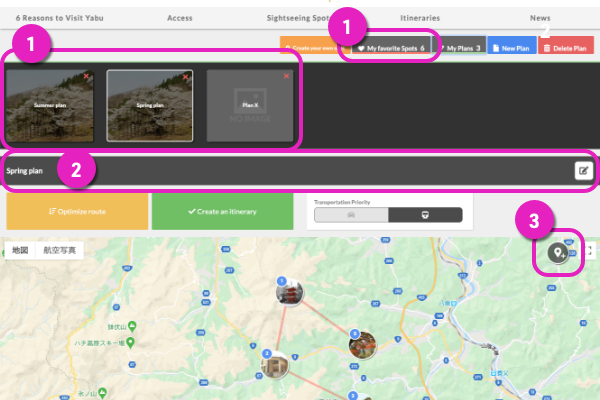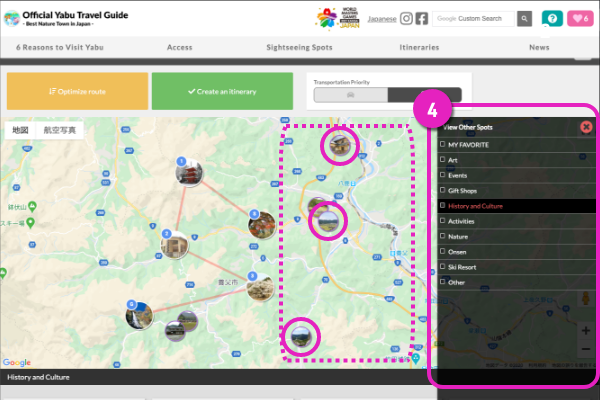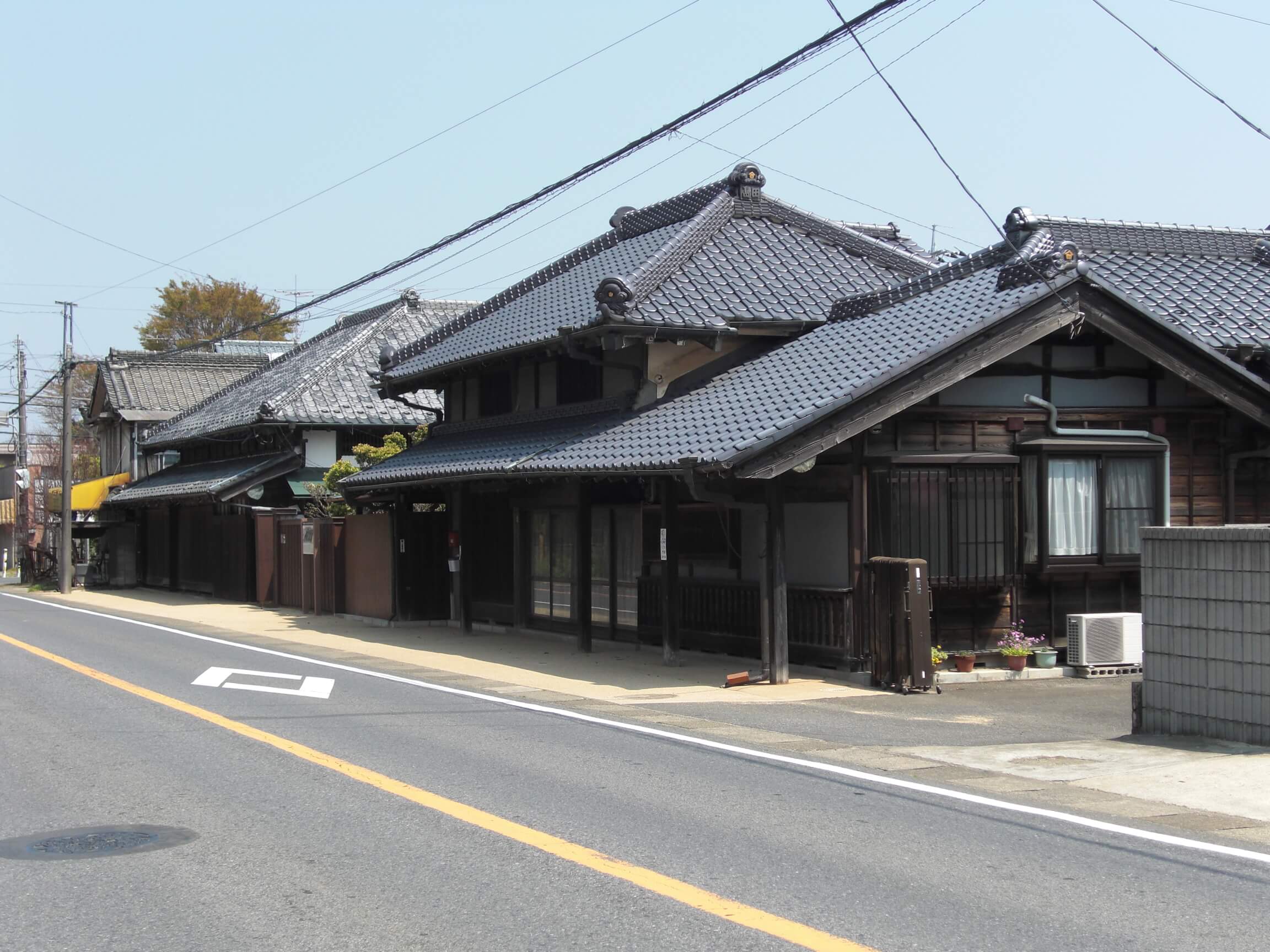
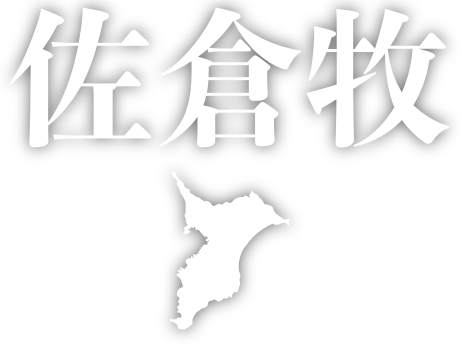
Sakura-maki
Sakuramaki is located on the north-eastern part of Chiba Prefecture on parts of Shisui, Yachimata, Tomisato, Narita, Katori which spread over the Shimosō Plateau as well as Tako, Sanmu and Tōgane. In the mid-Edo period, the seven maki (pasture) of Omagomaki, Uchinomaki, Yanagisawamaki, Katorimaki, Takanomaki, Yahagimaki and Aburadamaki were collectively referred to as Sakuramaki. The maki was about twice as large as the Narita International Airport with an area of approximately 18,000 ha and around 3,000 horses grazed on a vast ranch which spread for 32 km lengthwise from north to south. Sakuramaki was subject to the shindenkaihatsu (development of new fields) from the early to mid-Edo period but was the largest bamaki (horse pasture) which bred military horses, pack horses and work horses in Bōsō. The sites of the vast maki (pastures) which were transformed to cultivated land after the Meiji era, have become large production areas for watermelon, peanuts, and sweet potatoes, creating a unique landscape together with the remains of maki left on extensive arable land. You can also see the site of the imperial pasture as well as racehorse and riding clubs which were made through the influences of wool-testing horses for wool production, selective breeding of horses and training facilities for veterinary medicine in the area.
Recommend Spots

Shimada Chōuemon Residence and Shimada Seigorō Residence
Theme: History
The Shimada Chōuemon Residence was the home of the family who worked on the Shogunate Wild Horse Business during the Edo period. The adjacent Shimada Seigorō family is a branch family of the Shimada Chōuemon family. The current building was built around Meiji 10 - 20 (1900-1920), making it a historical landscape. Only the exterior can be observed.

The Site of Omagomakinoma Tokkome
Theme: History
Omagomaki was established with a tokkome (facility which captured wild horses) when the Yanagisawa-Omagomaki was divided in Kanbun 2 (1662). The dimensions are 95 m north-south, 65 m east-west, and the area is about 5,600 square meters. Currently it is maintained and preserved as a park.
